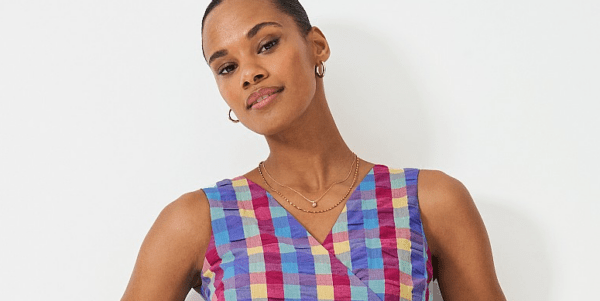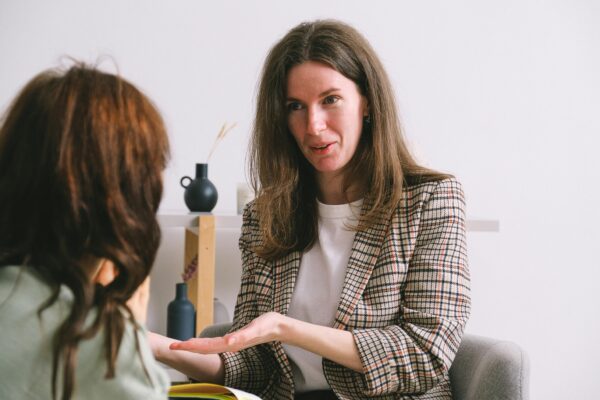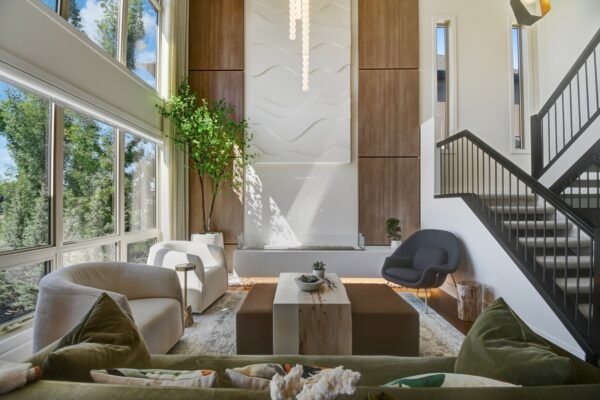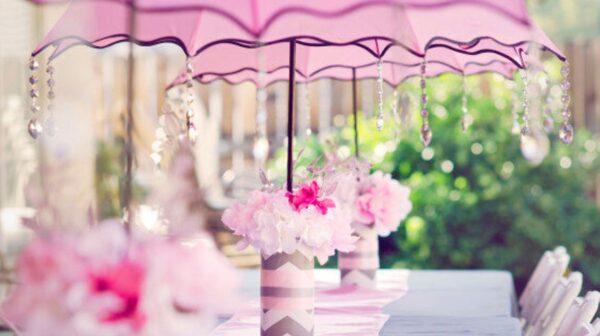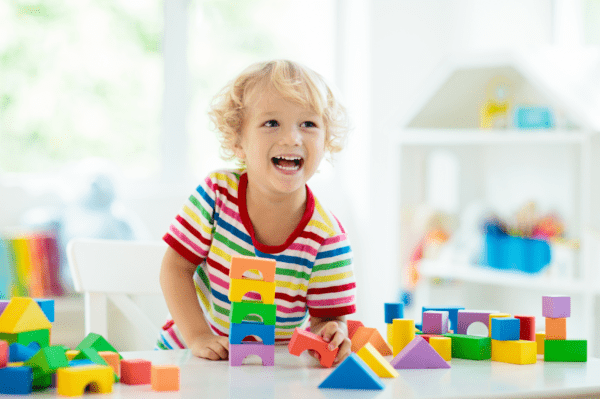
Learn Colour Psychology to Design the Ultimate Nursery

Colour has much more meaning than we might think. It evokes certain emotions and has a direct impact on our behaviour, personality, and memory. As psychiatrist Carl Jung said, “colours are the mother tongue of the subconscious”.
It’s no surprise that spa resorts incorporate calming greens, blues, and whites. These colours are associated with serenity and well-being. Similarly, the colours you choose for your nursery room can impact your baby’s sleep, mood, and personality.
UK baby brand, Nuby, explores the psychology of colours to help you design a nursery that promotes your child’s healthy development from birth up to childhood.
How do babies react to colour at 0-3 months?
Colour is especially important during your child’s early years. It helps them develop emotional well-being and healthy brain function, improving their learning abilities and behaviour. As babies grow, their reactions to colour change.
Up until their third month, babies can only see primary shades of black, grey, and white, as their retina is not fully developed yet. At this stage, colour doesn’t play a role in the development of cognitive behaviour.
However, shapes and patterns do, and they’re incredibly important. Babies recognise light and dark contrasts, which send strong visual signals to their brain. Visual stimulation is crucial for the formation of connections between nerve cells, according to Dr Sears Wellness Institute. If a baby is kept blindfolded, for example, they may never develop their vision. The more stimulation there is, the more the optic nerve grows, and the visual part of the baby’s brain advances.
So, make sure you feature a lot of contrasting patterns in primary shades in the nursery. Stripes, in particular, can be incorporated into an accent wall, bedding, a sleeping bag for a newborn, blankets, cushions, and even curtains. Regarding the decorations, focus on contrasting light and dark pictures and wall art.
Introducing colour at 3-6 months
At three months, babies start seeing colour and are mainly attracted to bright ones, which are the most stimulating. This is the time to introduce more colour into the nursery.
According to a Homeedit.com survey of 3,273 UK parents, yellow is the most popular nursery colour, leading with 52%.
Did you know that countries that don’t get much sun incorporate more yellow into their home design? That’s because the colour yellow is associated with brightness and a happy mood. It is also great for increasing focus and motivation and can perfectly suit a gender-neutral nursery.
Nevertheless, really bright yellow can be overstimulating, so make sure you go for more pastel or pale tones and don’t overdo it.
Pink is another colour to consider for your nursery, as it is associated with safety and calmness. Blue induces sleep, and green has soothing properties.
Keep introducing more colour as your child grows
As your baby grows, it develops a better recognition of colour, which calls for introducing more tones into the nursery. You don’t have to renovate the room completely but, instead, keep adding to it with the use of art, decorations, and furniture.
Colours also serve a learning purpose. As your child starts developing oral language, you can stimulate their cognitive behaviour by actively engaging them in colour recognition games.
As your child gets older, you can turn the nursery room into a child’s bedroom. This is a great way to involve your little one in the designing process and see which colours they’re drawn to. Moreover, they will love this activity, as it will make them feel like grown-ups.
Your baby’s developing brain is like a blank canvas, so you want to paint on it with the right colours. Designing a nursery that is not only pleasing to the eye but also considers colour psychology will help you raise a happy and healthy baby.






